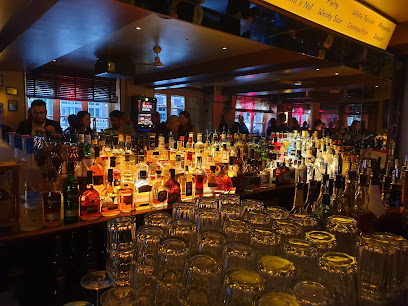
St. Nikolai Memorial: A Testament to Hamburg's Resilience
Explore the haunting ruins of St. Nikolai Memorial in Hamburg, a powerful WWII memorial offering panoramic city views and a poignant museum experience.
The St. Nikolai Memorial, a poignant ruin in the heart of Hamburg, stands as a powerful reminder of the devastating impact of World War II. Originally a grand neo-Gothic church, once the tallest building in the world, it was largely destroyed during the bombing raids of 1943. Today, the skeletal remains of the church, including its towering spire, serve as a central memorial to the victims of war and tyranny. Visitors can explore the ruins, descend into the crypt to view a moving exhibition detailing Hamburg's wartime experience, and ascend the spire for panoramic city views, offering a unique perspective on the city's past and present. The memorial provides a space for reflection, education, and remembrance, urging visitors to contemplate the importance of peace and international understanding. The carillon, with its 51 bells, adds a musical dimension to the experience, its melodies resonating through the site.
A brief summary to St. Nikolai Memorial
- Willy-Brandt-Straße 60, Hamburg, Hamburg-Mitte, 20457, DE
- +4940371125
- Visit website
Local tips
- Visit the crypt museum for a comprehensive understanding of Hamburg's wartime experience and the historical context of the bombings.
- Take the glass elevator to the top of the spire for panoramic views of Hamburg, contrasting historical photos with the modern cityscape.
- Attend the free carillon concert every Thursday at noon to experience the memorial's musical dimension.
- Check the memorial's event calendar for lectures, exhibitions, and films related to WWII and contemporary conflicts.
- Visit during the off-peak season (October to April) for smaller crowds and a more peaceful, reflective experience.
Getting There
-
Public Transport
From Hamburg Hauptbahnhof (Central Station), take the U3 line to Rödingsmarkt station. From there, it's a short walk (approximately 5 minutes) to the St. Nikolai Memorial. Alternatively, take the S1, S2, or S3 to Stadthausbrücke station, which is also a short walk away. A single ticket within Hamburg AB zone costs approximately €3.80.
-
Walking
From Rathausmarkt (City Hall Square), walk south along Willy-Brandt-Straße for about 10-15 minutes. The St. Nikolai Memorial will be on your left. The walk is straightforward and offers views of the city center.
-
Taxi/Ride-Share
A taxi or ride-share from Hamburg Hauptbahnhof to the St. Nikolai Memorial will take approximately 5-10 minutes, depending on traffic. The estimated cost is between €10 and €15.
-
Driving
If driving, navigate to Willy-Brandt-Straße 60, 20457 Hamburg. Limited street parking is available, but nearby parking garages include Parkhaus Große Reichenstraße and Parkhaus Katharinenkirche. Parking fees typically range from €2-3 per hour, with daily rates around €20-25.
Discover more about St. Nikolai Memorial
Iconic landmarks you can’t miss
Mattentwiete 2
0.2 km
Discover Hamburg's maritime soul from Mattentwiete 2: Gateway to the UNESCO World Heritage Speicherstadt, a captivating blend of history, architecture, and culture.
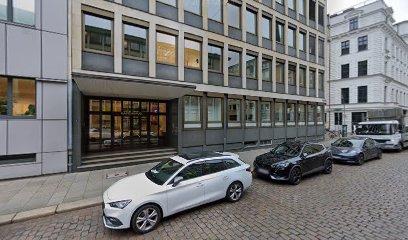
Deichstraße
0.3 km
Discover Hamburg's oldest street, a picturesque lane of meticulously restored 17th-19th century houses along the Nikolaifleet, offering a glimpse into the city's Hanseatic past.
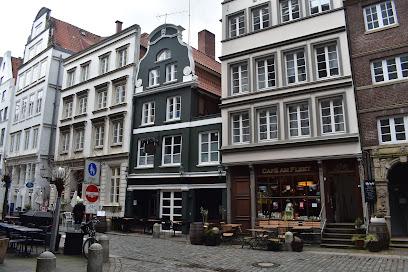
City of Hamburg Germany
0.3 km
Explore Hamburg: A vibrant metropolis where maritime history meets modern innovation, offering iconic landmarks, diverse culture, and unforgettable experiences.
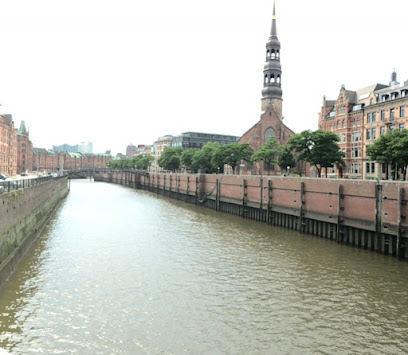
Kleines Dock
0.3 km
Discover Hamburg's maritime heart at Kleines Dock: historic Deichstraße, Hanseatic architecture, waterfront charm, and culinary delights await near the Speicherstadt.
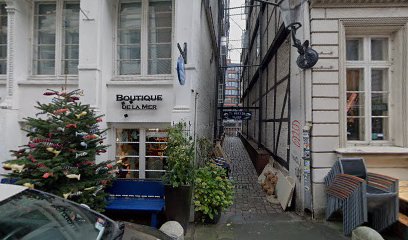
Hygieia Fountain
0.3 km
Discover the Hygieia Fountain in Hamburg's City Hall: a symbol of resilience and a tribute to the city's triumph over the cholera epidemic of 1892, embodying Hamburg's enduring spirit.
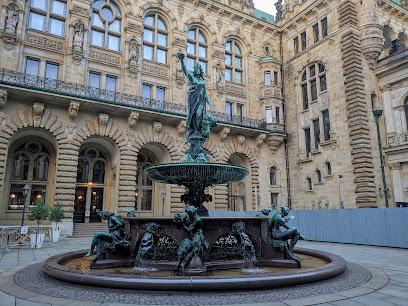
Hohe Brücke 2
0.4 km
Discover Hamburg's maritime history and architectural beauty at the Hohe Brücke, a picturesque bridge offering stunning views of the Nikolaifleet and the historic Deichstraße.
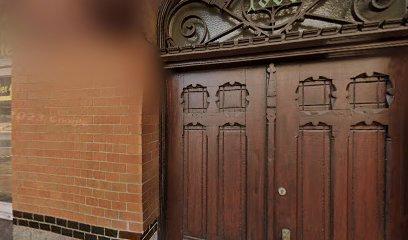
Brooksfleet
0.4 km
Discover the serene beauty of Brooksfleet, a picturesque canal in Hamburg's historic Speicherstadt, offering a tranquil escape and a glimpse into the city's maritime past.
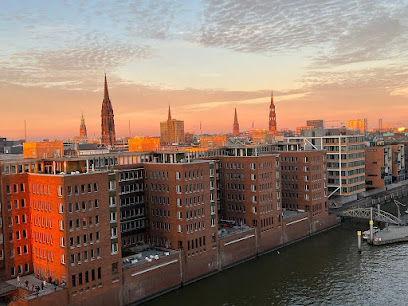
Old Boiler House
0.5 km
Explore Hamburg's industrial past at the Old Boiler House, now the HafenCity InfoCenter, where history meets modern urban development on the picturesque Sandtorkai.
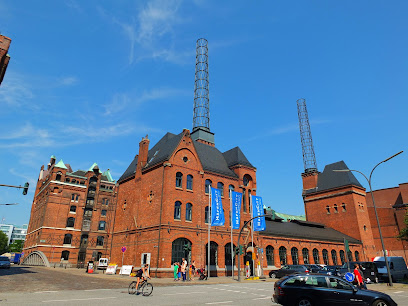
Kornhausbrücke
0.5 km
Cross the historic Kornhausbrücke in Hamburg's HafenCity, connecting the Speicherstadt with stunning views of the Zollkanal, offering a glimpse into the city's maritime past.
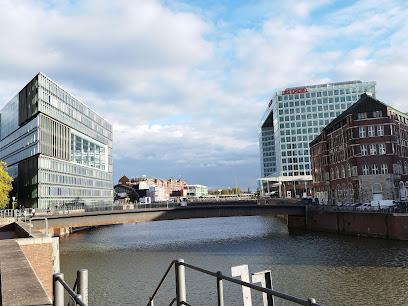
Archaeoscope Hammaburg
0.5 km
Journey back to the 9th century at the Archaeoscope Hammaburg, where virtual reality unveils the origins of Hamburg on the historic Domplatz, the site of the Hammaburg fortress.
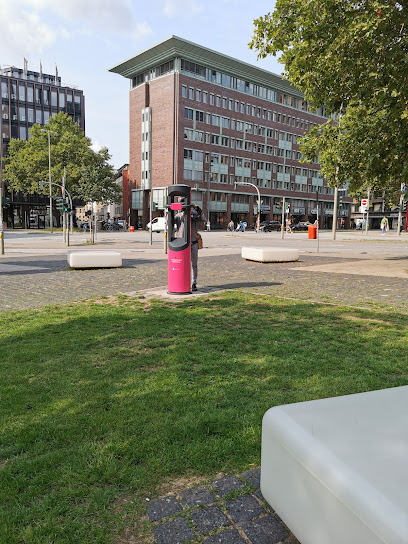
Binnenhafen Viewpoint
0.5 km
Experience breathtaking panoramic views of Hamburg's harbor and HafenCity from the Binnenhafen Viewpoint, a serene escape offering a unique perspective on the city's maritime charm.
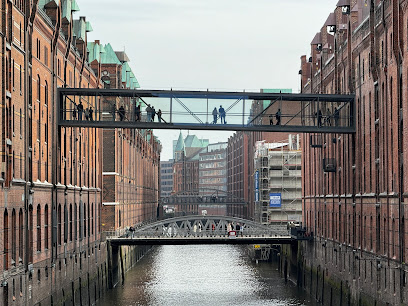
Hulbe house
0.6 km
Discover the Hulbe House in Hamburg: A stunning example of Dutch Renaissance architecture, built in 1910, showcasing intricate details and a rich history on Mönckebergstraße.
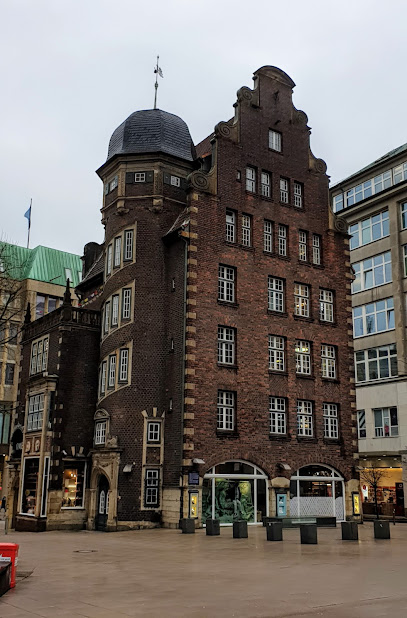
Alte Post
0.6 km
Explore the Alte Post in Hamburg: a historic landmark blending stunning architecture with a vibrant shopping experience in the heart of the city's Passagenviertel.
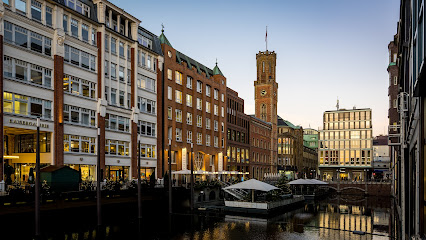
River port
0.6 km
Explore Hamburg's maritime heart at Kehrwieder River Port: a gateway to history, culture, and stunning waterfront views in the heart of the Speicherstadt, a UNESCO World Heritage Site.
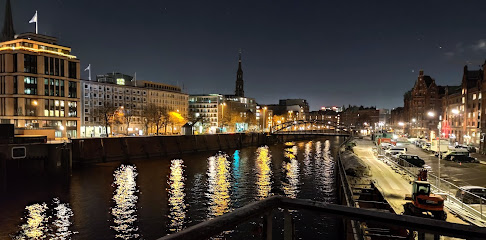
Alstermündung
0.6 km
Discover the serene beauty of Alstermündung in Hamburg, where the Alster River meets the Elbe, offering a unique blend of nature, history, and culture in a picturesque setting.
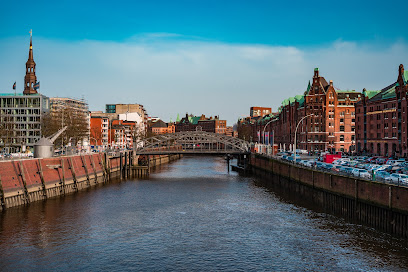
Unmissable attractions to see
St. Nikolai Memorial
0.0 km
Explore the poignant history of the St. Nikolai Memorial in Hamburg, a powerful tribute to resilience with breathtaking city views.
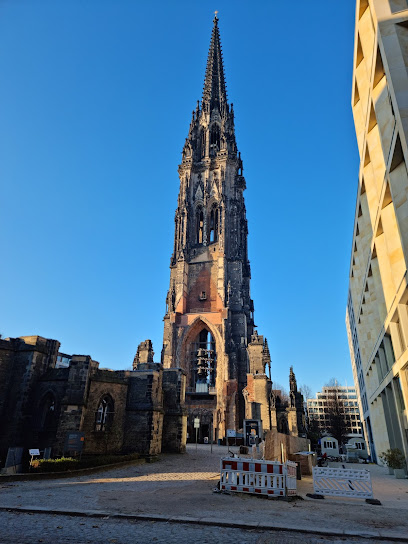
St. Nikolai Museum
0.0 km
Explore Hamburg's maritime history and resilience at St. Nikolai Museum, home to captivating exhibitions and stunning views.
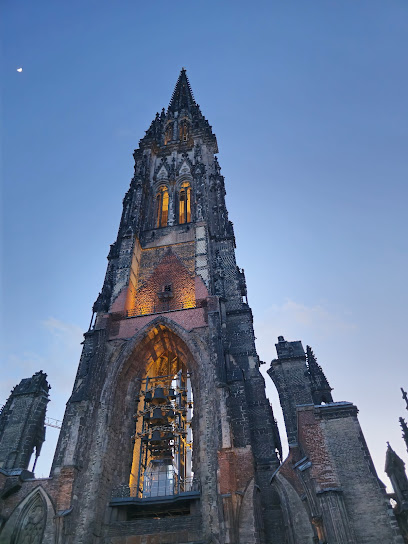
Hopfenmarkt
0.1 km
Experience the vibrant atmosphere of Hopfenmarkt, Hamburg's lively town square filled with history, culture, and local charm.

Nikolaifleet
0.1 km
Discover the enchanting Nikolaifleet canal in Hamburg, where history meets tranquility amidst stunning architecture and vibrant city life.
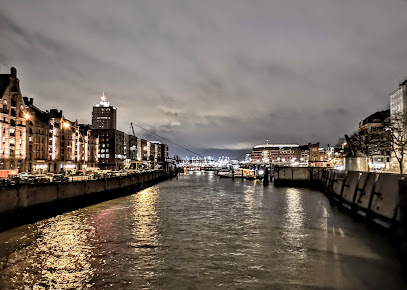
Laeiszhof
0.1 km
Explore Laeiszhof, a historical landmark in Hamburg, where architectural beauty meets rich cultural heritage in the heart of the city.
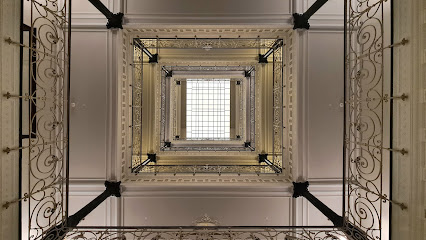
Trostbrücke
0.1 km
Discover Trostbrücke, Hamburg's historical bridge offering stunning views and a vital connection to the city's rich maritime heritage.
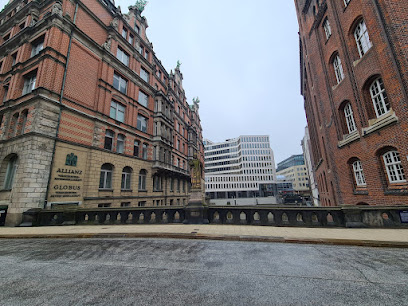
Zollenbrücke
0.2 km
Discover the stunning Zollenbrücke in Hamburg, a charming bridge showcasing panoramic waterfront views and a rich maritime heritage.
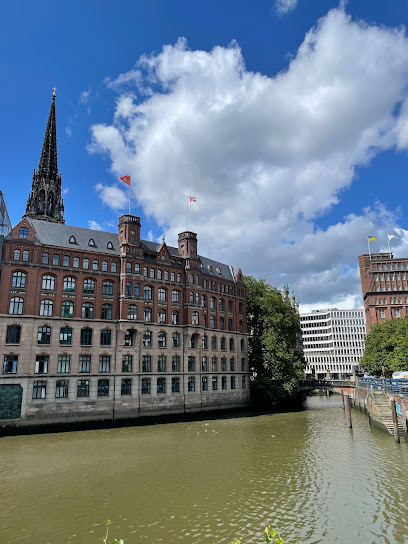
Mönkedamm channel
0.2 km
Discover the serene beauty of Mönkedamm Channel in Hamburg, a perfect blend of nature and tranquility in the heart of the city.
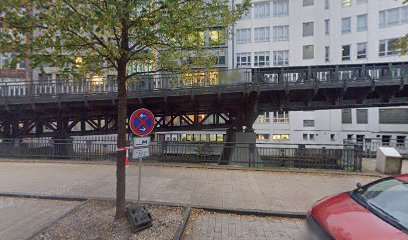
Börsentag Hamburg
0.3 km
Explore the fascinating world of finance at Börsentag Hamburg, an engaging exhibition center in the heart of one of Germany's vibrant cities.
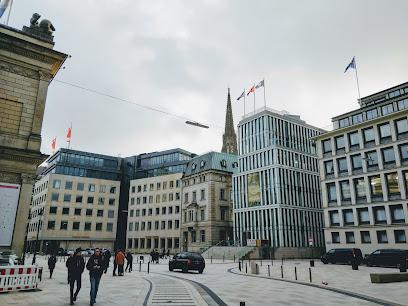
Nikolaifleet Kleines Dock
0.3 km
Explore the serene beauty and historical allure of Nikolaifleet Kleines Dock, a must-see attraction in the heart of Hamburg's vibrant waterfront.
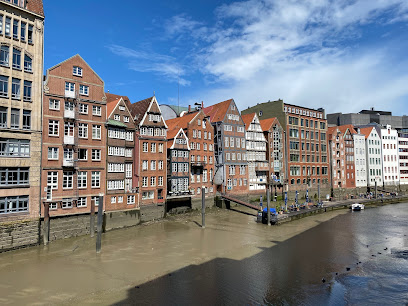
Alster Arcade
0.3 km
Experience the historical elegance and vibrant charm of Alster Arcade, a must-visit landmark in Hamburg offering shopping, dining, and stunning views.
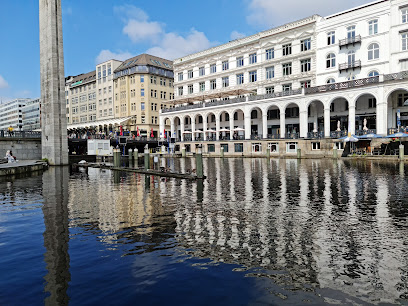
St. Catherine Church
0.3 km
Explore the architectural beauty and rich history of St. Catherine Church, a stunning Lutheran landmark in the heart of Hamburg.
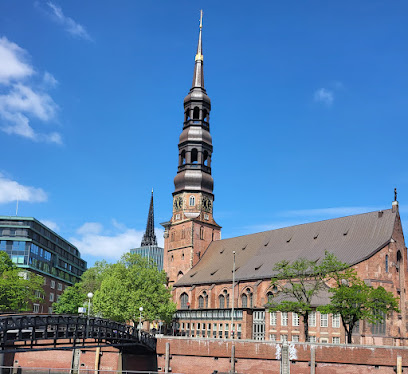
Alsterfleet
0.3 km
Explore the tranquil charm of Alsterfleet, a scenic canal in Hamburg, perfect for boat tours and leisurely strolls amidst historic architecture.
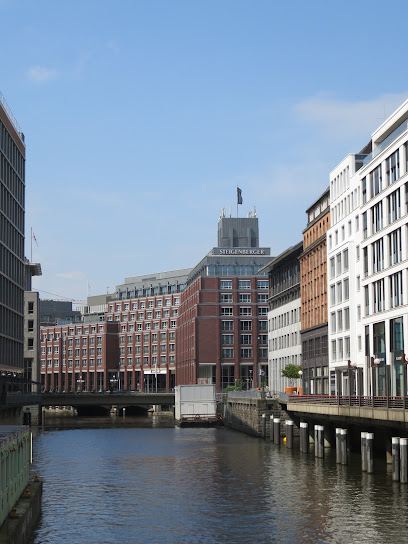
Brooksbrücke
0.3 km
Discover the beauty of Brooksbrücke, a stunning bridge in Hamburg, perfect for scenic walks and unforgettable city views.
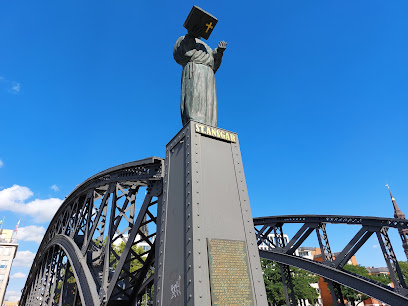
Hamburg Townhall
0.3 km
Explore Hamburg Town Hall, a stunning architectural gem blending history and culture in the heart of Hamburg. A must-visit for every tourist.
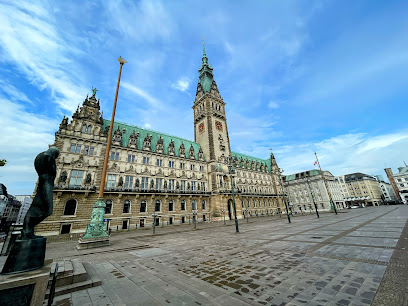
Essential places to dine
Restaurant Kartoffelkeller
0.2 km
Savor authentic German flavors at Restaurant Kartoffelkeller in Hamburg – a delightful culinary experience awaits!
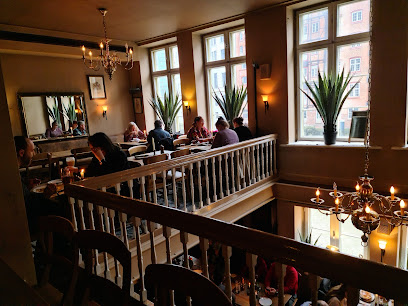
Deichgraf Restaurant
0.3 km
Experience exquisite dining at Deichgraf Restaurant in Hamburg—where fresh local ingredients meet culinary artistry.
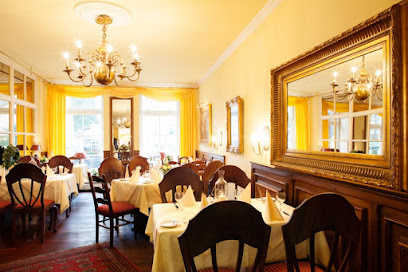
I Vigneri Osteria Enoteca
0.3 km
Experience authentic Marche cuisine at I Vigneri Osteria Enoteca in Hamburg, where exquisite dishes meet an extensive wine selection.
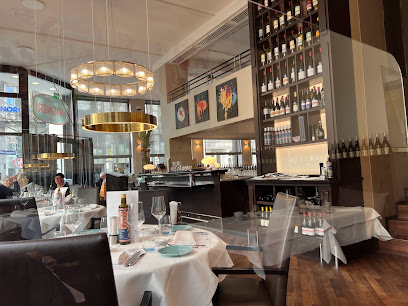
Restaurant Schoppenhauer
0.3 km
Savor the essence of Germany at Restaurant Schoppenhauer - where tradition meets taste in Hamburg.
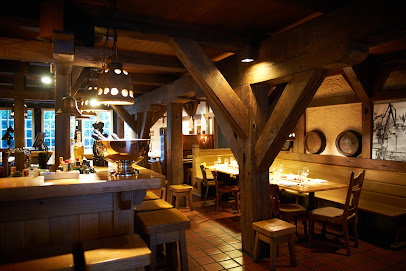
THE DINING RooM
0.3 km
Discover the exquisite flavors of American, French, and German cuisine at The Dining RooM in Hamburg - a fine dining experience like no other.
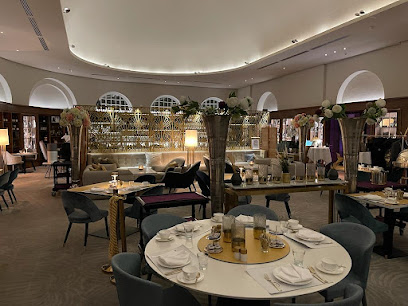
Le Plat du Jour
0.3 km
Discover authentic French cuisine at Le Plat du Jour in Hamburg – where every dish tells a story of culinary excellence.
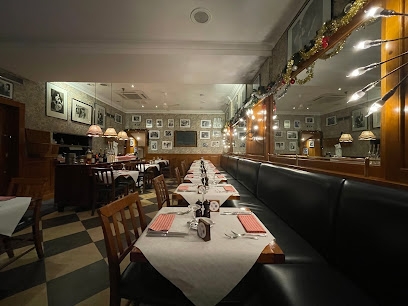
Restaurant Brook
0.3 km
Experience exquisite French and Mediterranean cuisine at Restaurant Brook in Hamburg – where every dish tells a story.
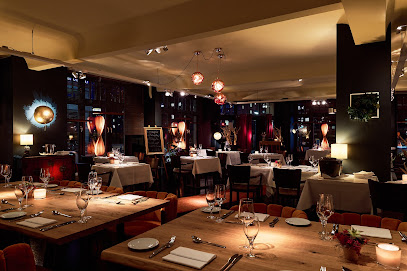
Restaurant Parlament Hamburg
0.3 km
Discover authentic German cuisine at Restaurant Parlament in Hamburg, where tradition meets modern dining in a historic setting.
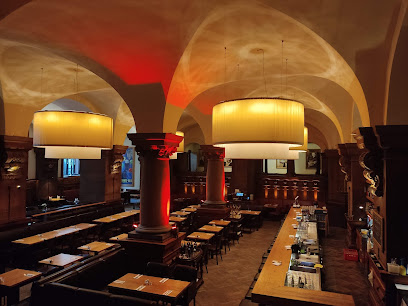
Kornhauskeller
0.4 km
Experience the best of Mediterranean and Middle Eastern cuisine at Kornhauskeller in Hamburg's vibrant bistro scene.
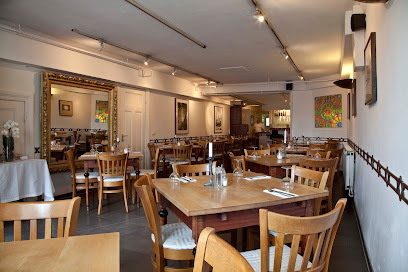
Restaurante Español Picasso
0.4 km
Experience authentic Spanish cuisine at Restaurante Español Picasso in Hamburg, where every dish tells a story from the Mediterranean.
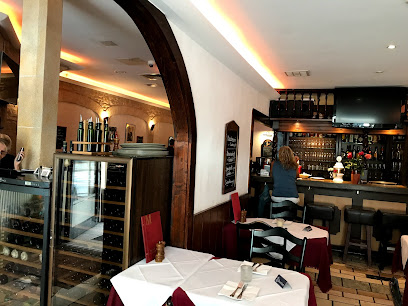
Restaurant Porticello
0.4 km
Experience authentic Italian cuisine in Hamburg at Restaurant Porticello - where every dish tells a story.

Restaurant Rialto
0.4 km
Experience the flavors of Hamburg at Restaurant Rialto - where tradition meets modern cuisine in a charming atmosphere.
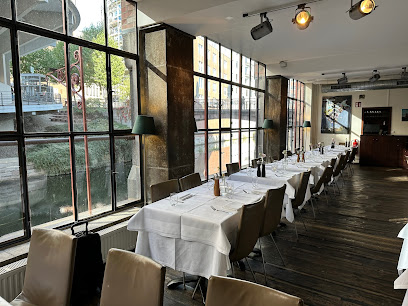
Schönes Leben Speicherstadt
0.5 km
Savor authentic German flavors at Schönes Leben Speicherstadt in Hamburg's historic warehouse district.
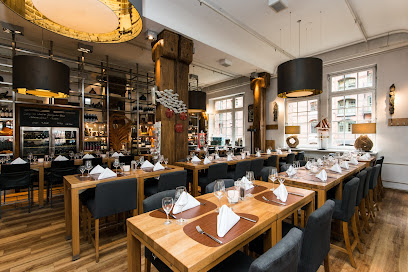
chez l'ami TORTUE
0.5 km
Experience exquisite French cuisine at Chez l'ami TORTUE in Hamburg – where culinary tradition meets modern elegance.
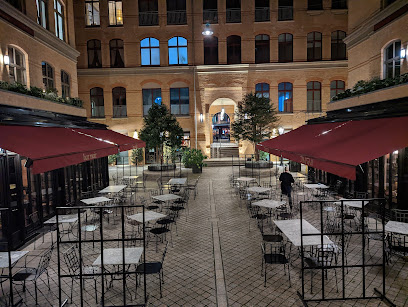
Wloka‘s
0.5 km
Savor authentic German Hausmannskost at Wloka's in Hamburg-Mitte - A must-visit for food lovers seeking traditional flavors.

Markets, malls and hidden boutiques
Boutique de la Mer -Ti Breizh
0.3 km
Explore unique fashion at Boutique de la Mer - Ti Breizh in Hamburg-Mitte, a stylish destination for clothing lovers and travelers alike.
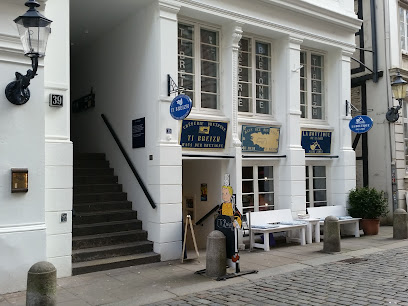
CHANEL BOUTIQUE HAMBURG
0.4 km
Explore the luxury and elegance of CHANEL Boutique Hamburg, where timeless fashion meets exquisite craftsmanship in a stunning shopping experience.
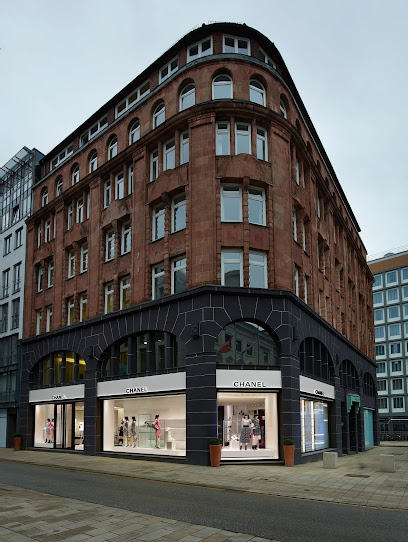
Gudrun Sjödén - concept store Hamburg
0.4 km
Explore Gudrun Sjödén's concept store in Hamburg for vibrant women's fashion, unique accessories, and a touch of sustainable style.

wasted hour - concept store
0.4 km
Explore Wasted Hour in Hamburg - a concept store that redefines fashion with unique designs and an inspiring atmosphere.

Montblanc Boutique Hamburg - Neuer Wall
0.4 km
Experience the epitome of luxury at Montblanc Boutique Hamburg, offering exquisite jewelry, leather goods, and fine stationery in a sophisticated setting.
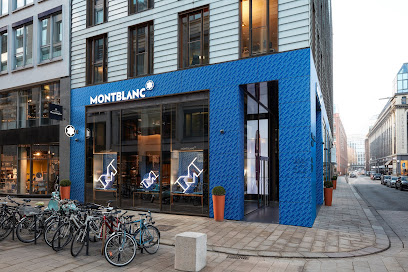
La plus belles rue
0.5 km
Explore Neuer Wall, Hamburg's luxurious shopping street, where high-end brands meet local craftsmanship in a picturesque setting.

PRADA Hamburg Neuer Wall Store
0.5 km
Explore the elegance of PRADA at Neuer Wall in Hamburg, where luxury fashion meets sophisticated style in a stunning retail environment.
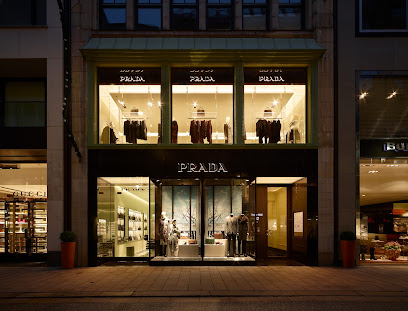
American Vintage
0.5 km
Explore the latest trends and unique styles at American Vintage, a chic clothing store in the heart of Hamburg, perfect for all fashion enthusiasts.

Speicher & Consorten
0.5 km
Discover unique gifts and local delicacies at Speicher & Consorten, a charming shop in Hamburg's historic Speicherstadt.
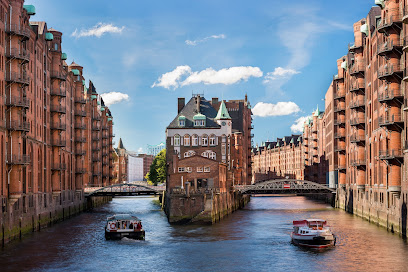
Europa Passage
0.6 km
Discover the vibrant shopping experience at Europa Passage in Hamburg, featuring over 120 stores and a variety of dining options.

Elbenwald
0.6 km
Experience the magic of Elbenwald, Hamburg's ultimate destination for fantasy gifts, clothing, and collectibles for every fan.

GALLERIA
0.6 km
Discover Galleria Hamburg: A luxurious shopping mall blending high-end fashion, delicious dining, and an elegant atmosphere in the heart of the city.
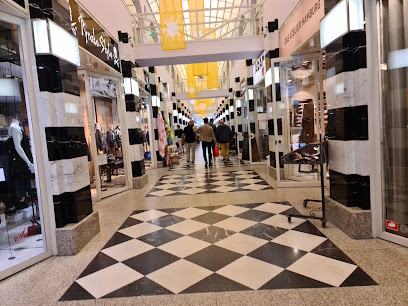
C'N'C
0.6 km
Explore the latest fashion trends at C'N'C, Hamburg's chic clothing store on the stunning Jungfernstieg promenade.
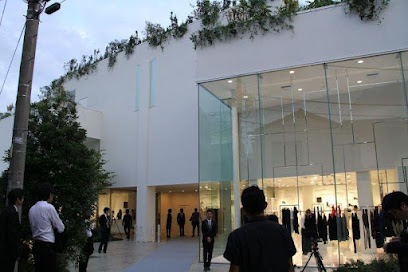
GALERIA Hamburg Mönckebergstraße
0.6 km
Discover the heart of shopping in Hamburg at GALERIA Hamburg Mönckebergstraße, where retail therapy meets vibrant city life.

Alsterhaus
0.6 km
Discover the essence of luxury shopping at Alsterhaus, Hamburg's premier department store, offering fashion, fragrances, and fine dining experiences.

Essential bars & hidden hideouts
Irish Pub in the Fleetenkieker
0.2 km
Immerse yourself in the lively spirit of the Irish Pub in the Fleetenkieker, Hamburg, where great food, drinks, and live music await.
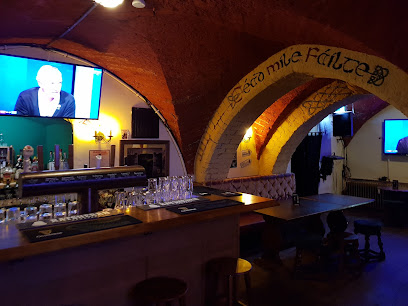
The Bohemian - Bar
0.3 km
Discover The Bohemian, Hamburg's premier cocktail bar, known for its signature drinks and vibrant nightlife in the heart of the city.

Ba Nomu | Bar
0.3 km
Discover Ba Nomu, Hamburg's cocktail haven, where creativity meets taste in a vibrant, stylish atmosphere perfect for unforgettable nights.
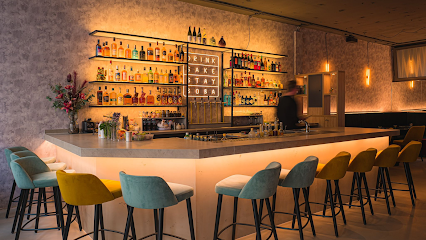
Paddy's Bar
0.3 km
Discover the vibrant atmosphere of Paddy's Bar, Hamburg's favorite Irish pub, offering hearty meals, a wide drink selection, and live music.
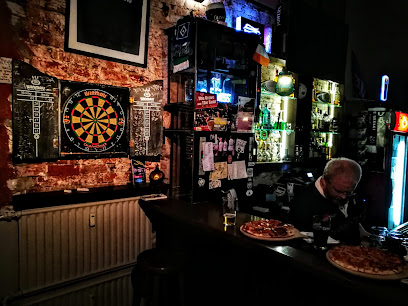
Whiskyplaza & Altstadt Restaurant am Fleet
0.3 km
Discover Hamburg's Whiskyplaza & Altstadt Restaurant, a culinary haven where fine dining meets an exquisite cocktail experience in a historic setting.
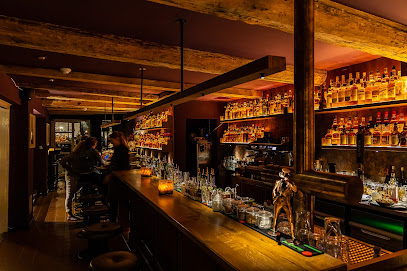
Le Lion • Bar de Paris
0.4 km
Discover the luxury of Le Lion • Bar de Paris, Hamburg's premier destination for exquisite cocktails and elegant ambiance.

Gugu Bar
0.4 km
Experience the vibrant nightlife of Hamburg at Gugu Bar, where eclectic decor meets an extensive drink menu in a lively atmosphere.
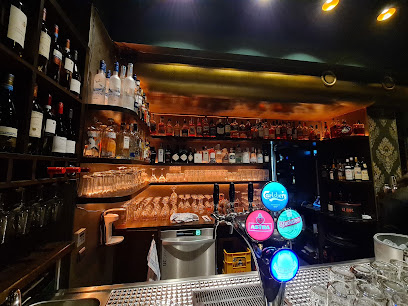
Three Fingers Bar
0.6 km
Experience the vibrant nightlife of Hamburg at Three Fingers Bar, where stunning waterfront views meet expertly crafted cocktails.
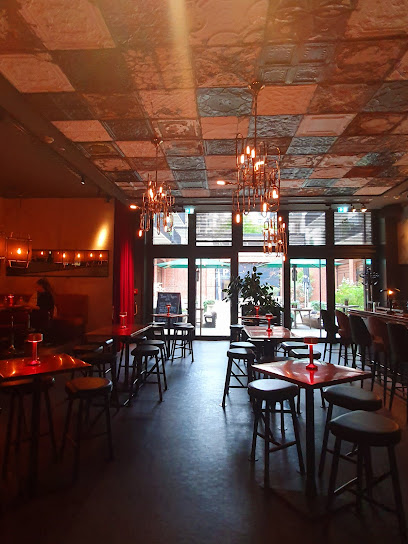
MOON 46
0.6 km
Discover the lively ambiance and exquisite cocktail selection at MOON 46, a must-visit bar in Hamburg's vibrant nightlife scene.
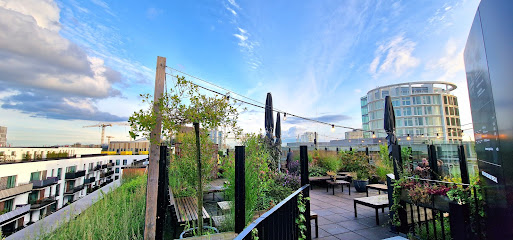
Club 20457
0.7 km
Experience Hamburg's vibrant nightlife at Club 20457, where art meets music in a lively bar setting.
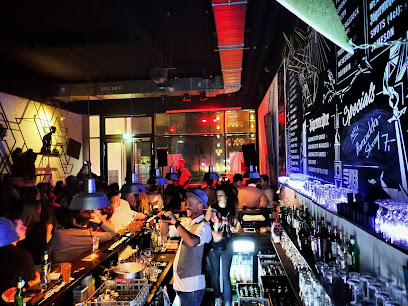
Liquid Garden - Cocktailbar
0.7 km
Discover Liquid Garden, Hamburg's vibrant cocktail bar where creativity and flavor blend for unforgettable nights and unique drinks.

The Boilerman Bar Hafenamt
0.8 km
Discover an extraordinary cocktail experience at The Boilerman Bar Hafenamt, where quality meets creativity in the heart of Hamburg.
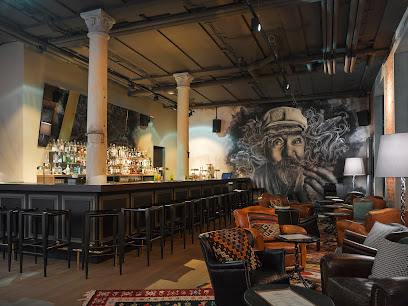
BLICK Bar Elbphilharmonie
0.8 km
Discover Hamburg's stunning skyline while enjoying exquisite cocktails at BLICK Bar Elbphilharmonie, a must-visit gem in the city's nightlife.
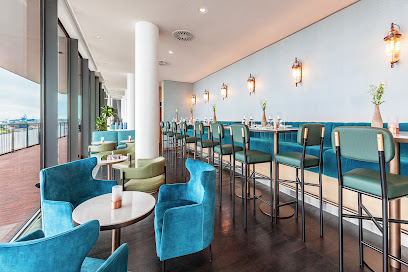
Kumpin
0.8 km
Discover Kumpin, Hamburg's chic bar offering a vibrant atmosphere, exquisite drinks, and a perfect spot to unwind after a day of exploring the city.
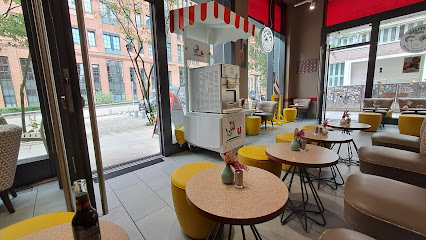
Meyer Lansky's
0.9 km
Discover the energetic spirit of Hamburg at Meyer Lansky's, where exquisite cocktails meet a lively atmosphere for an unforgettable night out.
